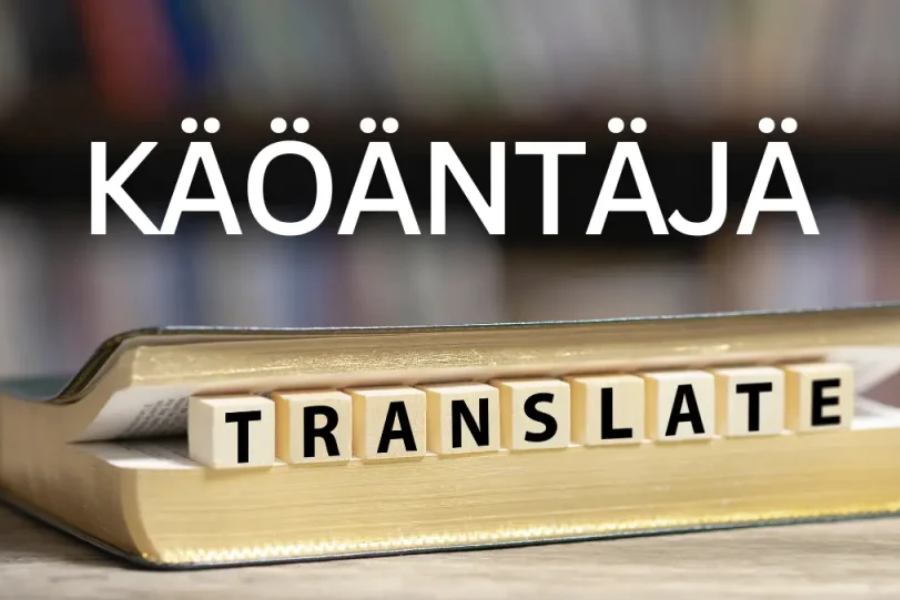Käöäntäjä: Unlocking the Art of Language and Translation
The Role of a Käöäntäjä
A käöäntäjä is more than just a translator—they are linguistic experts who specialize in transforming written text from one language to another with precision and cultural sensitivity. In various fields like business, law, healthcare, academia, and technology, their work is critical for ensuring that messages are communicated accurately across different languages and cultures.
A käöäntäjä’s job goes beyond simply swapping words between languages. It requires a deep understanding of the source and target languages, as well as the cultures behind them. From legal contracts to creative writing, they must preserve the original meaning, tone, and nuances to ensure that the translated text is both accurate and culturally appropriate for its intended audience.
Essential Skills and Qualifications
Becoming a successful käöäntäjä involves mastering a range of linguistic, cultural, and technical skills. Here are the key attributes that a professional translator must possess:
- Fluency in Multiple Languages: A käöäntäjä needs to be proficient in at least two languages: one as the source language and one as the target language. This fluency extends beyond basic communication skills, requiring an in-depth understanding of grammar, vocabulary, and sentence structure in both languages.
- Cultural Understanding: Knowing the cultural context of both languages is crucial. A skilled käöäntäjä is aware of idiomatic expressions, cultural references, and societal norms that can influence the meaning of a text. This knowledge helps avoid mistranslations and ensures the content resonates with the target audience.
- Subject Matter Expertise: Many translation projects require specialized knowledge in areas such as law, medicine, technology, or literature. A translator with expertise in a specific field can better understand complex terminology and convey it accurately in the target language.
- Attention to Detail: Precision is key in translation work. Käöäntäjäs must pay close attention to every detail to ensure the translated text mirrors the original meaning and tone. This also includes thorough proofreading and editing to eliminate errors or inconsistencies.
- Research Skills: Translators often need to conduct research to understand new concepts or terms. Strong research abilities help them find accurate translations and ensure the content is both relevant and up-to-date.
Common Challenges Faced by Translators
The job of a käöäntäjä comes with its own set of challenges. Some of the most common hurdles include:
- Maintaining Accuracy: Translating complex or technical texts requires a high degree of accuracy. Any misinterpretation or error can have serious consequences, especially in fields like law or healthcare.
- Balancing Literal and Contextual Translation: Finding the right balance between literal translation and conveying the intended meaning or tone of the original text can be tricky. Translators must make nuanced decisions to ensure the translation feels natural while remaining faithful to the original message.
- Cultural Sensitivity: Navigating cultural differences is essential. Translators must be mindful of cultural nuances to avoid creating translations that could be considered inappropriate or offensive in the target language.
- Time Constraints: Translators often work under tight deadlines, adding pressure to deliver high-quality work quickly. Good time management and organizational skills are crucial for juggling multiple projects and meeting deadlines efficiently.
The Importance of Translation in Global Communication
Käöäntäjäs play a vital role in facilitating global communication and fostering cross-cultural understanding. Their work allows businesses https://mopsul.org/ to expand into new markets, supports international collaboration, and enables the exchange of ideas and knowledge. By bridging the gap between different languages and cultures, they contribute to a more connected and inclusive world.
In literature and media, translation brings stories, ideas, and cultural experiences to a global audience. This enriches the cultural landscape and fosters empathy and appreciation among people from diverse backgrounds.
Conclusion
The profession of a käöäntäjä is both challenging and rewarding. Translators are essential for breaking down linguistic and cultural barriers, enabling meaningful global communication and understanding. Their work requires a unique combination of linguistic expertise, cultural awareness, and subject matter knowledge.
As the world continues to become more interconnected, the role of the translator will remain critical in fostering international cooperation and communication. For those interested in pursuing a career in translation, becoming a käöäntäjä offers the chance to make a significant impact on global communication while continuously learning about new languages and cultures.
Embrace the world of translation and become a vital link that connects people across languages and cultures.

